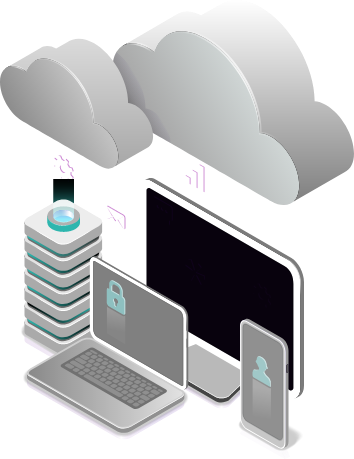We would recommend taking a step wise approach – Look for some easy fixes, and then fixes that may need some re-architecting.
You can optimize costs from either a strategic or a tactical point of view:
Strategic:
- Understand usage in terms of traffic, and transactions for the resources you are planning to use on the Cloud
- Look at multiple options and review the pros and cons
- Benchmark the performance and the costs
- Rollout
Tactical:
- Review the resource utilization metrics
- Look for alternative options in the Cloud. For example, if you are running your code intermittently on a virtual machine, you might consider a serverless architecture
- Start with smaller specifications just enough for your performance metrics and then increase capacity
